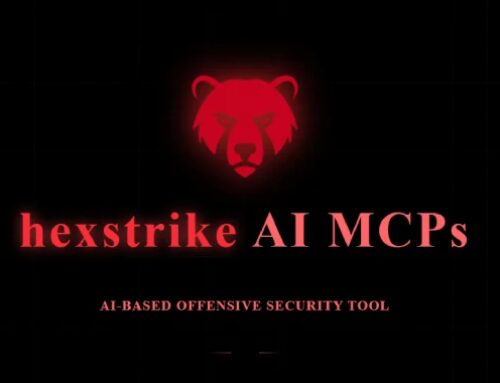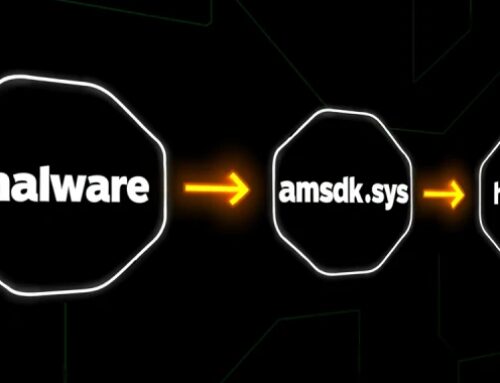In an increasingly digital world, the cyber landscape is characterized by constant threats and ever-evolving tactics employed by malicious actors. Organizations face the daunting challenge of protecting sensitive information, critical infrastructure, and their overall digital environment. As we enter an era where data breaches, ransomware attacks, and other cyber threats are more sophisticated and frequent, the necessity for robust security operations has never been more pressing. Enter SecOps AI (Security Operations Artificial Intelligence)—a transformative approach that promises to enhance the efficacy of cybersecurity measures and serve as a frontline defense against the cyber onslaught.
The Changing Face of Cyber Threats
The digital landscape has transformed dramatically over the past decade. With the proliferation of Internet of Things (IoT) devices, remote work influences from the COVID-19 pandemic, and the escalating use of cloud technology, opportunities for cybercriminals to exploit vulnerabilities have increased exponentially. Organizations are now often inundated with a barrage of alerts from various security tools, leading to what is known as alert fatigue. Human analysts struggle to keep pace, resulting in potential risks slipping through the cracks.
Moreover, cyber adversaries are not just employing brute-force attacks; they are using advanced tactics such as social engineering, AI-generated phishing attempts, and sophisticated ransomware methods that can quickly disable essential services or exfiltrate sensitive data. Traditional security measures and reactive strategies are no longer sufficient in this landscape, necessitating a more proactive and scalable solution.
Enter SecOps AI: A Game Changer in Cybersecurity
SecOps AI represents the fusion of advanced technologies—machine learning, natural language processing, and predictive analytics—into a cohesive security framework designed to anticipate, detect, and respond to threats in real time. This innovative approach can fundamentally alter the efficacy of security operations for organizations of all sizes.
Key Benefits of SecOps AI
-
Enhanced Threat Detection and Response: AI algorithms can sift through vast amounts of data and identify patterns that may signify a security threat far more efficiently than human analysts. By leveraging machine learning, these systems create a baseline of normal behavior and can instantly flag anomalies that deviate from this norm, often catching threats that might escape human notice.
-
Automated Incident Response: By deploying AI-driven automation, organizations can respond to incidents in real time. Automated playbooks can be activated to mitigate the impact of a threat, reducing response times from hours or days to mere minutes. This not only enhances protection but also allows human analysts to focus on more complex issues that require critical thinking.
-
Contextual Analysis: AI models can integrate and analyze data across multiple environments, from on-premises data centers to cloud platforms. This provides a holistic view of security across the entire organization, enabling better decision-making during threat assessments and incident responses.
-
Predictive Capabilities: With predictive analytics, SecOps AI can anticipate future threats based on historical data and emerging trends. This proactive stance allows organizations to strengthen their defenses ahead of potential attacks, a significant shift from traditional reactive cybersecurity strategies.
- Scalability: As organizations grow, so do their security needs. AI systems can easily scale with the organization, adapting to increased data flows, expanded networks, and diverse digital environments without a corresponding linear increase in security personnel.
Real-World Applications
Several organizations across various industries have begun implementing SecOps AI with significant success. For example, banks and financial institutions, which are prime targets for cyberattacks, are increasingly turning to AI-driven security solutions to monitor transactions in real-time for fraud detection and compliance monitoring. Similarly, healthcare providers utilize AI to secure sensitive patient data and ensure compliance with HIPAA regulations.
The Human Element
While SecOps AI brings unprecedented capabilities, it does not replace the need for human oversight. The human element remains vital in cybersecurity—analysts must interpret AI-driven alerts, engage in complex decision-making, and provide contextual understanding of threats. The most effective cybersecurity strategies integrate AI technology with human expertise—the two working hand in hand to create a strong defense.
Conclusion
As organizations navigate the complex cyber landscape, SecOps AI emerges as an essential ally in the fight against cyber threats. By harnessing the power of artificial intelligence, organizations can enhance their threat detection and response capabilities, streamline operations, and protect sensitive information more effectively. However, as with any technology, successful implementation necessitates a balanced approach that combines AI capabilities with human intuition and expertise. Together, they stand as the first line of defense against the evolving threat landscape in our digital age.





Deixe o seu comentário